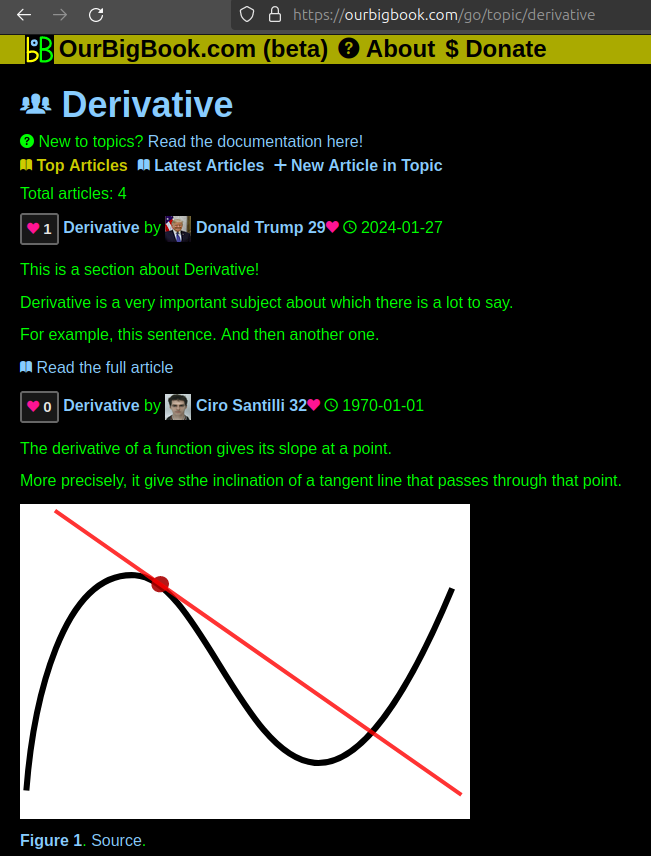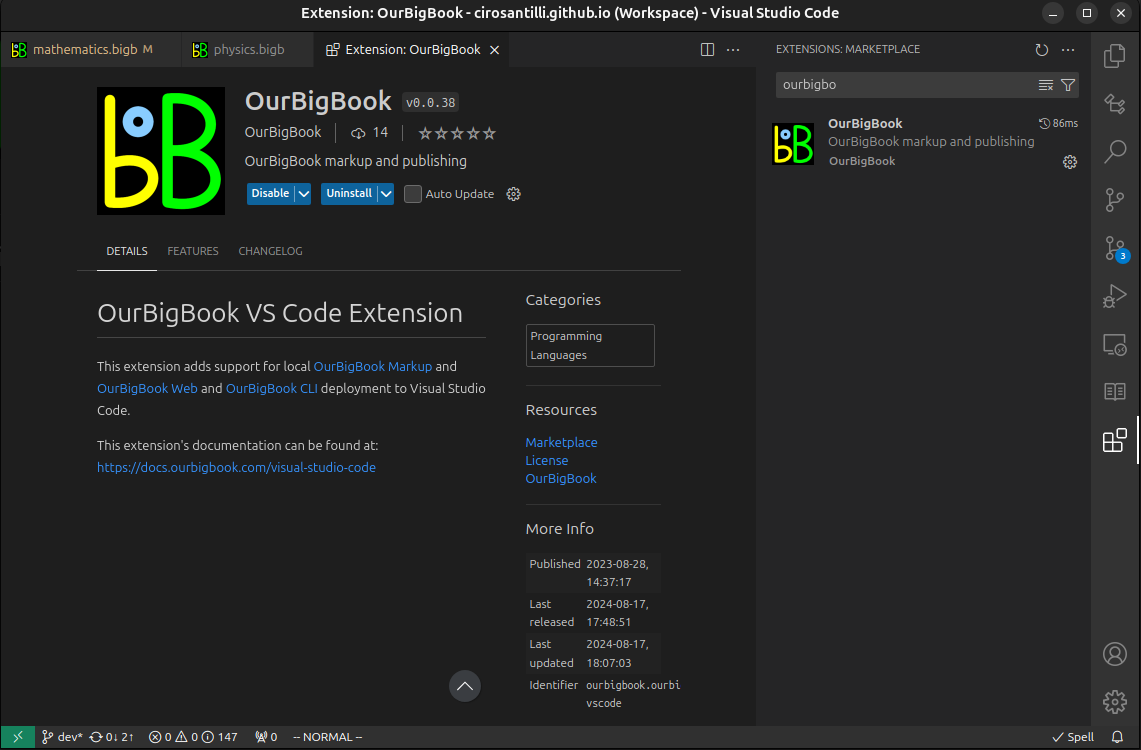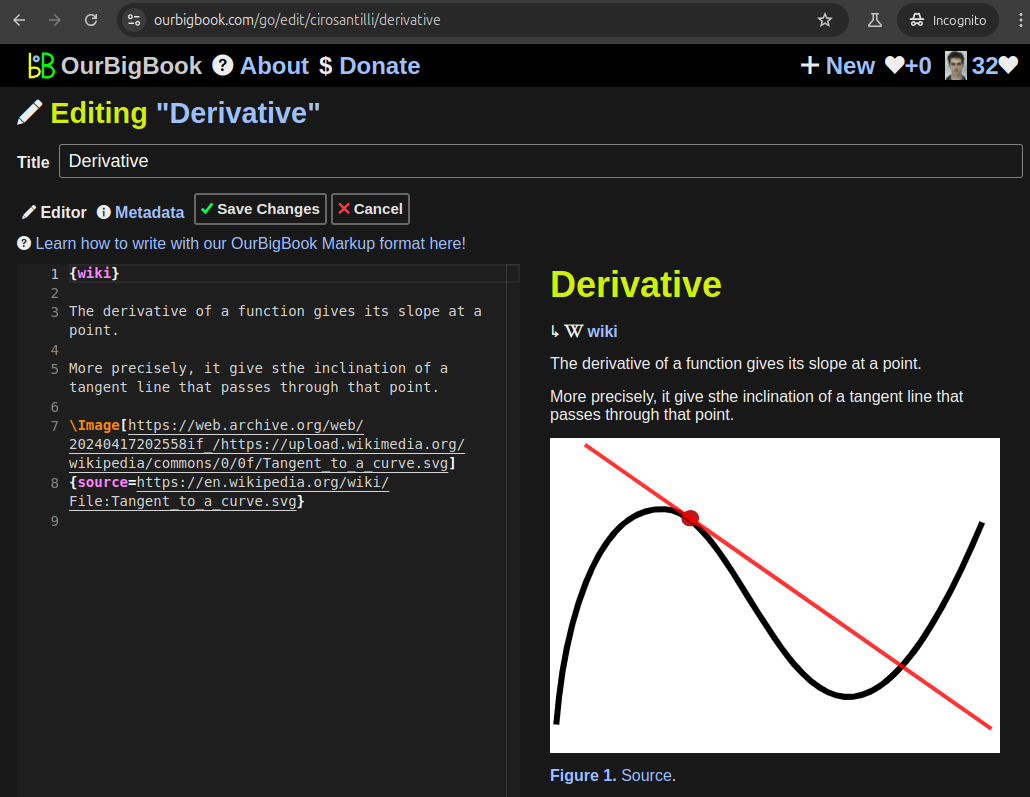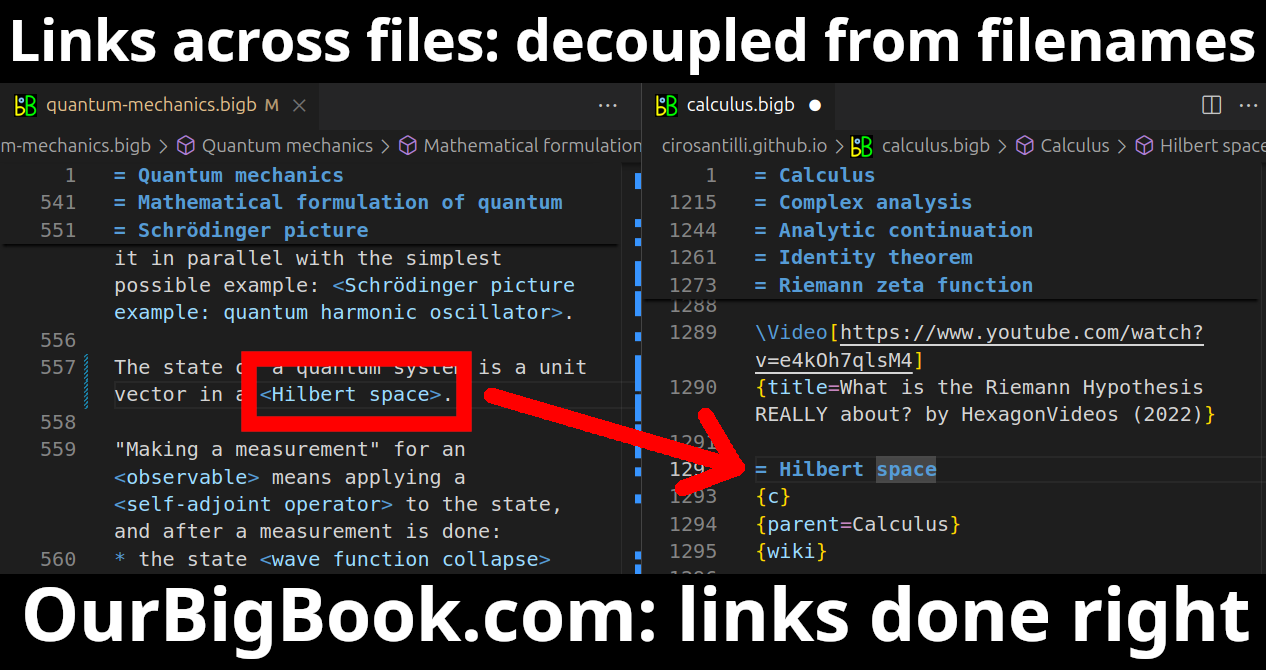Tobias Nipkow was a German engineer and inventor, best known for his pioneering work in the development of early television technology. Born on August 12, 1884, he created the "Nipkow disk," a mechanical device used in the first experimental television systems. The Nipkow disk was a rotating disk with a series of holes arranged in a spiral pattern, allowing for the scanning of images.
Uwe Schöning is a notable figure in the field of computer science, particularly known for his contributions to theoretical computer science and automata theory. He is recognized for his work on formal languages and algorithms. Schöning is also affiliated with various academic institutions and has authored significant research papers, textbooks, and articles in the realm of computer science education and theory.
Victor Shoup is a prominent figure in the field of computer science, particularly known for his contributions to cryptography. He is recognized for his work on various cryptographic algorithms and protocols, as well as for his contributions to the theoretical underpinnings of cryptography. Shoup has been involved in academic research and has published numerous papers on topics such as digital signatures, encryption schemes, and security assumptions in cryptographic systems.
A **computably enumerable (c.e.) set**, also known as a recursively enumerable set, is a fundamental concept in computability theory and mathematical logic. A set \( S \) of natural numbers is considered computably enumerable if there is a Turing machine that can enumerate the elements of \( S \). This means that: 1. There exists a Turing machine which, when run, will output the members of \( S \) one by one, possibly with repetitions.
Computation in the limit is a concept from theoretical computer science and formal language theory. It typically refers to processes or systems that are defined to converge to a result over time as they perform a computation. In the context of formal definitions, particularly in computability theory, computations can be framed in terms of sequences of steps that gradually approach a solution or a final outcome.
A **general recursive function** refers to a function that is defined in a way that allows it to call itself (i.e., recursion) as part of its definition. This concept is a fundamental idea in the field of computer science, particularly in the study of algorithms and computability theory. **Key aspects of general recursive functions include**: 1. **Base Case**: Like any recursive function, a general recursive function must have at least one base case that allows the function to terminate.
Gödel numbering is a formal method introduced by the mathematician Kurt Gödel in his groundbreaking incompleteness theorems. It assigns a unique natural number to each symbol and well-formed formula in a formal mathematical language, allowing statements about these formulas to be expressed as statements about numbers. The process works as follows: 1. **Assign Numbers to Symbols**: Each basic symbol in the formal language (like logical operators, variables, parentheses, etc.) is assigned a distinct natural number.
The fields of computability and complexity are rich with various topics that explore the limits of computation and the classification of problems based on their inherent difficulty. Here’s a comprehensive list of topics associated with these fields: ### Computability Theory Topics 1. **Turing Machines**: The foundational model of computation. 2. **Recursive Functions**: Functions computable by an algorithm, including primitives and general recursive functions.
In computer science, "scale factor" can refer to several concepts depending on the context in which it is used, but generally, it relates to the dimensionless ratio that indicates how much a system can be scaled or how the performance of a system changes based on changes in size or quantity. Here are some common applications of the term: 1. **Scaling in Databases**: In the context of databases, scale factor refers to the size of the dataset used for benchmarking.
The term "Sudan function" may refer to a couple of different concepts, depending on the context. Here are two possibilities: 1. **Sudan Function in Mathematics**: In the field of mathematics, particularly in number theory and cryptography, a “Sudan function” could refer to a specific function used in algorithms or theoretical constructs. However, there isn't a widely recognized mathematical function called the "Sudan function". If you meant something specific, additional context might help clarify.
Magnetoresistive RAM (MRAM) is a type of non-volatile memory technology that uses magnetic states to represent data. Unlike traditional RAM technologies, such as DRAM or SRAM, which rely on electrical charge or flip-flop circuits, MRAM utilizes magnetic tunnel junctions (MTJs) to store bits of information. Here's a breakdown of its key features and advantages: ### Key Features 1.
The Rashba effect refers to a phenomenon in condensed matter physics where spin-orbit coupling leads to a splitting of the electronic states in a material with a structure that lacks inversion symmetry. This effect is particularly significant in two-dimensional systems and can have important implications for spintronics, a field of technology that seeks to utilize the intrinsic spin of electrons, in addition to their charge, for information processing.
A laser level is a tool used in construction, surveying, and various other industries to establish a straight and level reference line or point. It employs a laser beam to project a line or dot onto a surface, allowing users to accurately measure and align installations, such as cabinets, shelves, or flooring. ### Types of Laser Levels: 1. **Line Laser Levels**: Projects a straight line of laser light along a horizontal or vertical plane. These are useful for tasks like aligning cabinets or marking walls.
T-Platforms is a company that specializes in high-performance computing (HPC) and data processing solutions. Founded in Russia, T-Platforms designs and manufactures supercomputers, data storage systems, and various software solutions tailored for scientific research, educational institutions, and enterprise applications. The company is known for its contributions to the field of supercomputing and has been involved in several significant projects both in Russia and internationally.
Zettascale computing is a term that describes computing systems capable of processing, storing, and analyzing data on the scale of zettabytes, which is 10^21 bytes or one sextillion bytes. As data generation increases exponentially from sources like the Internet of Things (IoT), social media, enterprise applications, and scientific research, there is a growing need for computational frameworks that can efficiently manage and derive insights from such vast amounts of information.
Visualization in research refers to the use of graphical representations to explore, analyze, and communicate data and information. It involves the creation of visual formats such as charts, graphs, maps, and diagrams to help researchers and audiences understand complex data more easily and identify patterns, trends, and relationships. Key aspects of research visualization include: 1. **Data Representation**: Visualization transforms raw data into visual formats, making it easier to observe and interpret.
Identity document forgery refers to the illegal alteration, replication, or creation of official documents that are used to verify a person's identity. These documents may include passports, driver's licenses, national identity cards, social security cards, birth certificates, and other official identification methods. The purpose of forging such documents is often to deceive others for various illicit purposes, such as committing fraud, evading law enforcement, employing illegal workers, or gaining access to restricted services or benefits.
BPCS (Bitmap Combination Pattern Steganography) is a method of covertly embedding information within bitmap images. This technique takes advantage of the way digital images are stored, manipulating the pixel values in a way that the changes are imperceptible to human viewers. The primary goal of BPCS-steganography is to hide data within an image in such a manner that it remains undetectable by casual examination.
A Machine Identification Code (MIC) is a unique identifier used primarily to identify and authenticate machine or device manufacturers, particularly in contexts involving electronic devices, automotive systems, and telecommunications. The specific usage of MIC can vary depending on the industry. In the context of **networking**, for example, a MIC might refer to the identification code used to recognize network devices to ensure secure communication.
Pinned article: Introduction to the OurBigBook Project
Welcome to the OurBigBook Project! Our goal is to create the perfect publishing platform for STEM subjects, and get university-level students to write the best free STEM tutorials ever.
Everyone is welcome to create an account and play with the site: ourbigbook.com/go/register. We belive that students themselves can write amazing tutorials, but teachers are welcome too. You can write about anything you want, it doesn't have to be STEM or even educational. Silly test content is very welcome and you won't be penalized in any way. Just keep it legal!
Intro to OurBigBook
. Source. We have two killer features:
- topics: topics group articles by different users with the same title, e.g. here is the topic for the "Fundamental Theorem of Calculus" ourbigbook.com/go/topic/fundamental-theorem-of-calculusArticles of different users are sorted by upvote within each article page. This feature is a bit like:
- a Wikipedia where each user can have their own version of each article
- a Q&A website like Stack Overflow, where multiple people can give their views on a given topic, and the best ones are sorted by upvote. Except you don't need to wait for someone to ask first, and any topic goes, no matter how narrow or broad
This feature makes it possible for readers to find better explanations of any topic created by other writers. And it allows writers to create an explanation in a place that readers might actually find it.Figure 1. Screenshot of the "Derivative" topic page. View it live at: ourbigbook.com/go/topic/derivativeVideo 2. OurBigBook Web topics demo. Source. - local editing: you can store all your personal knowledge base content locally in a plaintext markup format that can be edited locally and published either:This way you can be sure that even if OurBigBook.com were to go down one day (which we have no plans to do as it is quite cheap to host!), your content will still be perfectly readable as a static site.
- to OurBigBook.com to get awesome multi-user features like topics and likes
- as HTML files to a static website, which you can host yourself for free on many external providers like GitHub Pages, and remain in full control
Figure 3. Visual Studio Code extension installation.Figure 4. Visual Studio Code extension tree navigation.Figure 5. Web editor. You can also edit articles on the Web editor without installing anything locally.Video 3. Edit locally and publish demo. Source. This shows editing OurBigBook Markup and publishing it using the Visual Studio Code extension.Video 4. OurBigBook Visual Studio Code extension editing and navigation demo. Source. - Infinitely deep tables of contents:
All our software is open source and hosted at: github.com/ourbigbook/ourbigbook
Further documentation can be found at: docs.ourbigbook.com
Feel free to reach our to us for any help or suggestions: docs.ourbigbook.com/#contact






